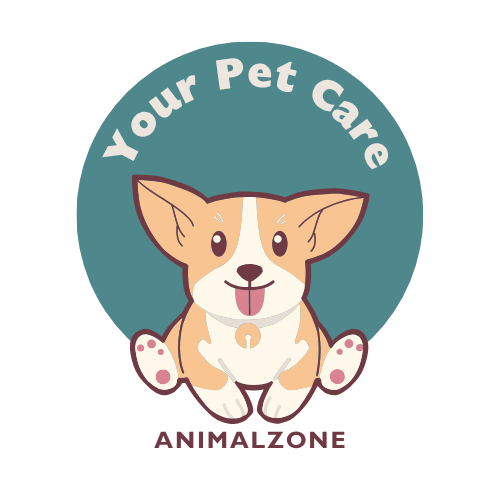Bringing a new dog into your home is always a big decision — and adopting a blind dog comes with unique challenges and deeply rewarding experiences. While a dog without sight may require extra care and consideration, they can live joyful, active, and fulfilling lives with the right support.
Whether you’re considering adopting a dog who was born blind or lost vision due to age or illness, here’s everything you need to know to ensure your new companion thrives in your care.
Understanding Blindness in Dogs
Canine blindness can be partial or complete, and may result from conditions like:
-
Cataracts
-
Glaucoma
-
Progressive Retinal Atrophy (PRA)
-
Injury or trauma
-
Diabetes or high blood pressure
Blindness doesn’t change a dog’s personality — they remain just as loving, playful, and eager to bond. But they will rely more on scent, sound, and routine than their sighted counterparts.

Preparing Your Home
A safe, predictable environment is essential for a blind dog. Here’s how to make your home more blind dog-friendly:
-
Avoid rearranging furniture: Consistency helps your dog memorize their surroundings.
-
Use non-slip rugs to mark paths and prevent slipping.
-
Block off stairs or dangerous areas with baby gates.
-
Use scent cues or textured mats at doorways or near food and water bowls.
-
Remove sharp objects or low-hanging furniture edges.
Over time, your dog will map your home in their mind and move with confidence.
Training and Communication
Blind dogs are highly trainable, especially when you focus on verbal cues and positive reinforcement. Key tips include:
-
Use clear, consistent commands like “stop,” “step up,” or “slow.”
-
Introduce new spaces slowly and walk your dog through them on leash.
-
Talk often — your voice is reassuring.
-
Clicker training, squeaky toys, or bells can help with orientation and play.
Patience and predictability are your best tools in building trust and reducing anxiety.
Walks, Socialization & Enrichment
Blind dogs enjoy walks and playtime just like any dog — they just need a bit of guidance:
-
Use a harness instead of a collar for better control.
-
Keep them on a short leash in unfamiliar areas.
-
Let them sniff and explore at their own pace.
-
Avoid crowded, chaotic environments during initial outings.
Socializing with other dogs is absolutely possible, but always supervise interactions and advocate for your dog’s space if needed.
Veterinary Care and Regular Checkups
Regular vet visits are crucial to monitor your blind dog’s overall health. Since vision loss can sometimes indicate underlying conditions, make sure:
-
You keep up with annual exams
-
Your vet checks for pain, pressure, or infections
-
You ask about special diets or supplements that support aging or eye health
The Joy of Adopting a Blind Dog
Despite their disability, blind dogs live full and happy lives. Many adapt better than expected and form deep, trusting bonds with their humans. Adopting a blind dog is more than an act of compassion — it’s an opportunity to give a deserving dog the love, security, and joy they need.
With a bit of planning, consistency, and heart, you’ll discover that your blind dog gives back far more than they ever ask for.
Learn More:
Visit zoopiahub.com to learn more about supporting blind pets.

